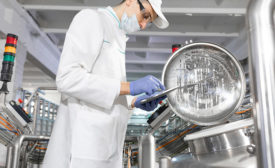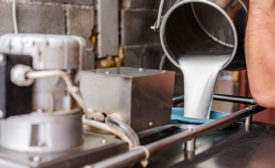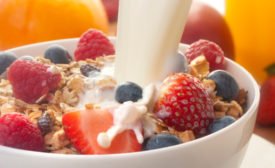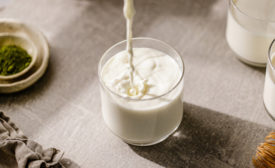Articles by Tedd Wittenbrink
Proper management of the cultures and a robust sanitation program can foster reduction in losses.
Read More
How to shrink dairy shrinkage
The topic is especially important for Grade A milk plants under the Federal Milk Market Order.
March 27, 2023
Does your milk taste bad? Part 2
Preventing spoilage organisms in raw milk by following dairy industry standards.
October 12, 2022
Does your milk taste bad?
Spoilage organisms in pasteurized milk can result in off-flavors and other defects.
May 20, 2022
Are you following best practices in plant sanitation?
Poor sanitation equals unhappy customers and loss of sales.
February 16, 2022
How consumers monitor dairy-product quality
Every consumer evaluates the color, flavor, odor and mouthfeel of our products every time he or she consumes them.
September 21, 2021
Keep an eye on dairy product quality
Proper monitoring of dairy products’ quality throughout shelf life will verify the products meet the expectations of consumers.
June 3, 2021
Address allergen-related threats
Understanding the most common causes of such threats is the best starting point.
February 23, 2021
Is your cleaned dairy processing equipment clean?
Verification of cleaning effectiveness can be accomplished in several ways.
September 21, 2020
Take a proactive approach to reduce recall risks
By putting the right programs and procedures in place, dairy facilities could help prevent cross-contact and contamination that lead to costly recalls.
March 14, 2018
Stay ahead of the curve. Unlock a dose of cutting-edge insights.
Receive our premium content directly to your inbox.
SIGN-UP TODAYCopyright ©2025. All Rights Reserved BNP Media.
Design, CMS, Hosting & Web Development :: ePublishing





